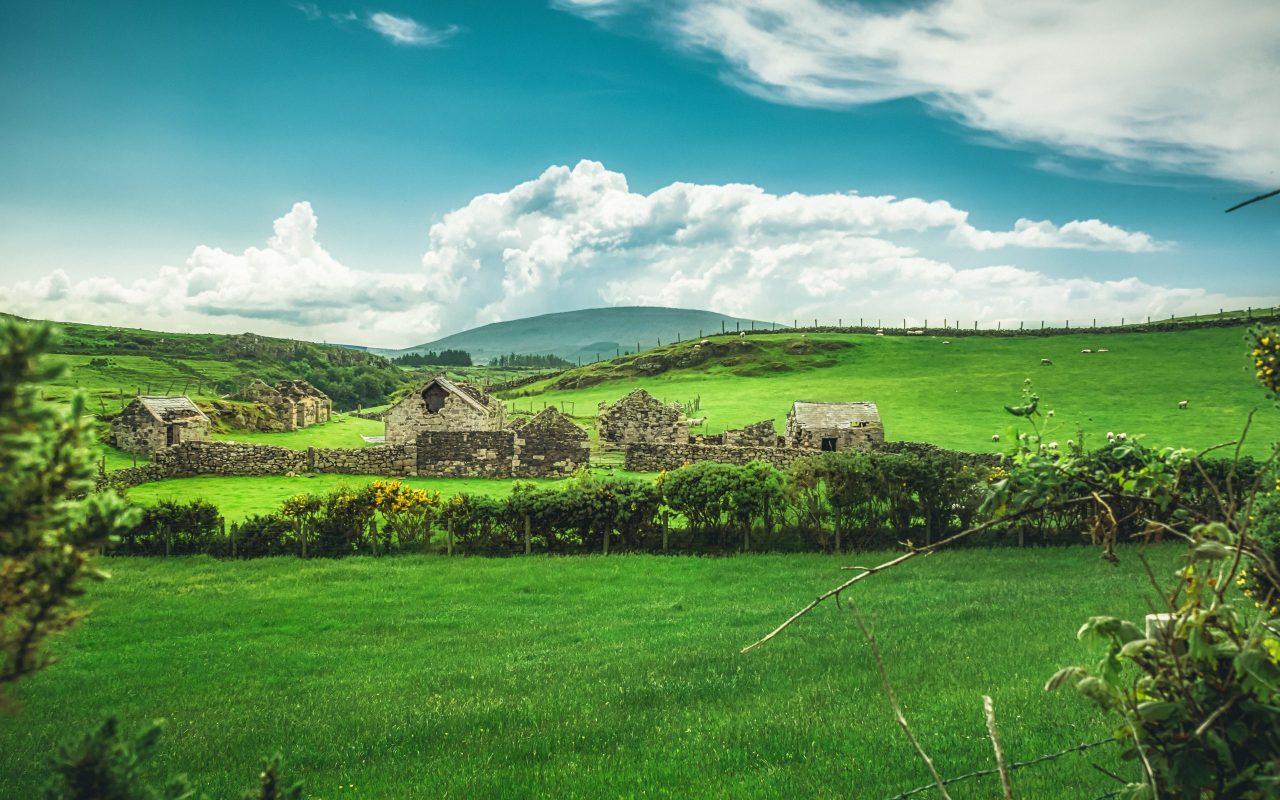Hedges are a valuable addition to any landscape, not only for their aesthetic appeal but also for their role in supporting biodiversity. Hedges provide habitat for a wide range of wildlife, from insects and birds to mammals and reptiles. In this essay, we will explore the benefits of hedges for supporting biodiversity, and which types of trees should be focused on in Europe.
One of the primary benefits of hedges for supporting biodiversity is that they provide a variety of habitats for different species. Hedges consist of a mix of trees, shrubs, and other plants, which create a diverse range of microhabitats for wildlife. These habitats can include areas for nesting, foraging, and shelter. In addition, the mix of different plant species in a hedge provides a variety of food sources for wildlife.
Hedges are particularly important for supporting insect populations. Many species of insects, including bees, butterflies, and moths, rely on hedges for their survival. Hedges provide a source of nectar and pollen for these insects, which is essential for their development and reproduction. In addition, hedges provide habitat for many species of caterpillars, which are an important food source for birds and other wildlife.
Hedges also provide important habitat for birds. Many bird species use hedges for nesting, as they provide a safe and protected environment. Hedges also provide a source of food for birds, as many species of insects and berries can be found in and around hedges. In addition, hedges provide a corridor for birds to move between different habitats, which is important for maintaining healthy bird populations.
When it comes to selecting trees for hedges, there are a few key species that are particularly well-suited for supporting biodiversity in Europe. These include:
- Hawthorn (Crataegus monogyna): Hawthorn is a common hedgerow species in Europe and is known for its dense, thorny growth habit. Hawthorn provides habitat for a wide range of wildlife, including birds, butterflies, and moths. In addition, the berries of the hawthorn are an important food source for birds in the autumn.
- Blackthorn (Prunus spinosa): Blackthorn is another common hedgerow species in Europe. It is known for its dense growth habit and its spiny branches. Blackthorn provides habitat for a variety of insects and birds, and its sloes are an important food source for birds in the autumn.
- Dog rose (Rosa canina): Dog rose is a common hedgerow species in Europe and is known for its pink or white flowers and its red rose hips. Dog rose provides habitat for a variety of insects, and its rose hips are an important food source for birds in the winter.
- Field maple (Acer campestre): Field maple is a native tree species in Europe that is well-suited for hedgerows. It provides habitat for a variety of insects and birds, and its leaves are an important food source for caterpillars.
- Hazel (Corylus avellana): Hazel is a common hedgerow species in Europe and is known for its distinctive catkins and edible nuts. Hazel provides habitat for a variety of insects and birds, and its nuts are an important food source for mammals and birds.
In addition to selecting the right tree species for hedges, it is important to manage hedges in a way that supports biodiversity. This can include:
- Leaving areas of the hedge untrimmed to provide habitat for wildlife, such as nesting birds and hibernating mammals.
- Maintaining a mix of different tree and shrub species to provide a variety of habitats and food sources.
- Avoiding the use of pesticides and herbicides, which can harm wildlife.
- Creating gaps or breaks in the hedge to allow wildlife to move through and to provide access to different habitats.
- Incorporating deadwood and other natural materials into the hedge to create habitat for insects, birds, and other wildlife.
- Planting native species, which are better adapted to the local climate and provide the best habitat for local wildlife.
Overall, hedges are an important component of any landscape for supporting biodiversity. By providing a variety of habitats and food sources for different species, hedges can help to maintain healthy populations of wildlife. When selecting tree species for hedges in Europe, it is important to focus on those that are well-suited for hedgerows and provide the best habitat for local wildlife. By managing hedges in a way that supports biodiversity, we can create thriving ecosystems that benefit both wildlife and humans.
